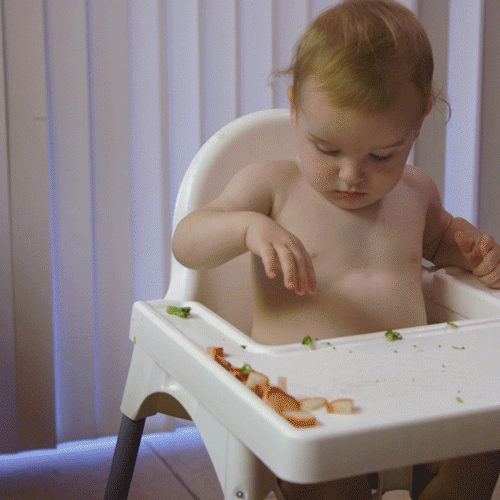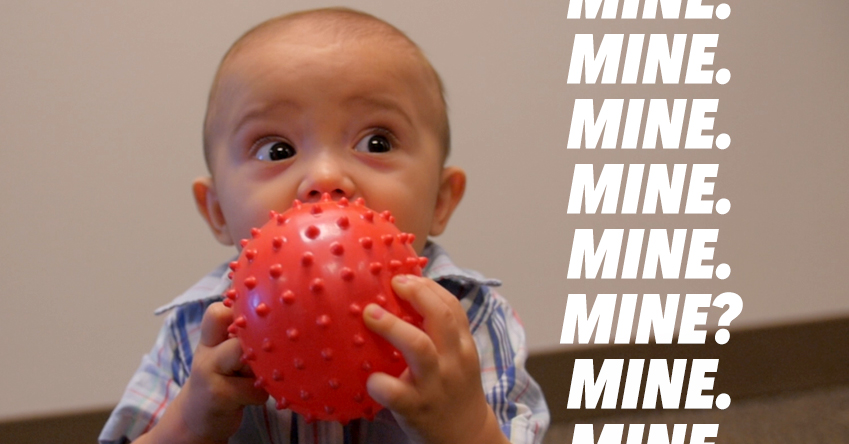It’s easy to get frustrated when your 1-year-old is throwing things on the floor, turning the TV on and off, or getting into things you don’t want them to. It can feel like your child is intentionally trying to push your buttons, but this kind of behavior is actually a normal part of their development. Understanding why your child is behaving this way can help you develop a better response to it.
What you should know about behavior
Child development experts say that 12-month-old children are simply not capable of anger or revenge, and they don’t have enough impulse control to resist doing something they’re told not to do. (Most children are not able to master this until between 3.5 to 4 years of age.)
At this age, babies are trying to make sense of their world by exploring and experimenting. They want to see what happens when they do certain things. This exploration is how they learn things like cause and effect.
«Babies are constantly making observations about the world,» says pediatrician and author Harvey Karp, in the article titled «When Does Discipline Begin?» from Parents Magazine. «She mushes her food to see how it feels. She drops something from the high chair to see how it splats.»
So instead of getting frustrated that your child seems to be acting naughty, you can celebrate knowing that their behavior is actually a sign of cognitive development. When a child makes things happen and watches for results or repeats the action – like pushing buttons to turn a TV or radio on and off – they’re learning. 
What you can do
Here are a few ways you can help support your baby’s positive development through exploration:
1. Provide safe opportunities for uninterrupted play and discovery time.
Childproof your home to keep hazards out of reach, but also provide safe places where your baby can test things out. Place books, puzzles and toys on low shelves so they can get to them. Provide toys that offer possibilities for learning about size, shape and color, while using containers, stacking and nesting toys. Be positive and encouraging when your baby learns a new action or skill to affect things.
2. Explain the cause-and-effect of their actions.
Your child’s explorations are great opportunities to have back-and-forth conversations with them. Observe and comment appropriately when your baby looks to you for approval or disapproval before picking up something or doing something. Explain to them what will happen if they pull on a cord and encourage them to play with their toys instead. The more you do this, the better they’ll catch on to what is safer for them.
3. Be careful with the word «no.»
Babies begin to understand what «no» means between 6 and 18 months and may even begin to tell themselves «no-no.» While you might be quick to yell «no» if they’re pulling on your necklace or opening drawers, constantly telling them «no» can make them think that everything is off limits. A better option is try to distract and redirect them.
Instead of getting annoyed by your child’s behavior, celebrate the fact that they’re experimenting and learning new things about their world. Know that their self-control skills are still developing, and take comfort in the fact that they’re not yet capable of pushing your buttons on purpose.
To learn more about your child’s development, download Arizona’s Infant and Toddler Developmental Guidelines.




